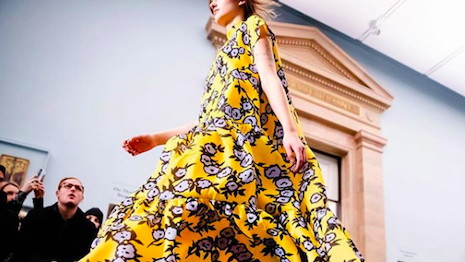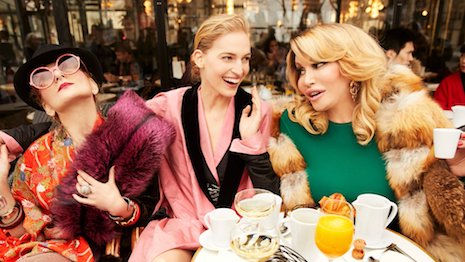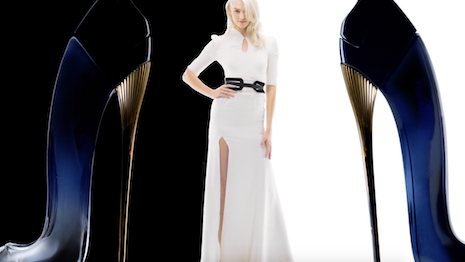 Puig owns several brands, including Carolina Herrera. Image credit: Carolina Herrera
Puig owns several brands, including Carolina Herrera. Image credit: Carolina Herrera
MADRID – Spanish holdings company Puig is looking to the future as it hopes to reach $3 billion in revenues while balancing its fragrance and fashion businesses.
In a conversation with the Financial Times’ fashion editor Jo Ellison at the FT Business of Luxury Summit on May 20, a Puig executive teased the group’s plans to grow in North America and Asia. The companies' areas of emphasis include retail and engaging with local populations.
“Brands are becoming more customer-centric, and those are the ones growing faster,” said José Manuel Albesa, brands, markets and operations president at Puig.
Fashion and fragrance
Puig was founded in 1914 in Barcelona, and has been managed by three generations of the Puig family.
In 2018, Puig reported revenues of 1.933 billion euro, or $2.158 billion at current exchange.
Jean Paul Gaultier is part of the Puig brand portfolio. Image credit: Jean Paul Gaultier
Puig differentiates itself among other luxury groups by having brands in the fragrance and fashion sectors, as well as having licensing agreements with other luxury labels, rather than outsourcing fragrance development.
The company counts Nina Ricci, Carolina Herrera, Jean Paul Gaultier and Dries Van Noten among its brands. Puig previously had licensing agreements with luxury brands such as Valentino (see story).
“We own fragrances and we own fashion,” Mr. Albesa said. “We’re the only one who have both.”
Mr. Albesa’s career trajectory has mimicked Puig’s own portfolio, which is dominated by its fragrance portfolio.
Following a stint at L’Oreal, Mr. Albesa began working at Puig on the fragrance side in 1998. He started his latest role in 2017 and now oversees the group’s four fashion brands.
Carolina Herrera has launched a new Good Girl scent. Image credit: Carolina Herrera
Looking ahead, Puig will be expanding its physical footprint in Asia and Europe, including Paris. Latin America also remains a valuable market for the group.
Mr. Albesa also teased that Puig brands will be introducing makeup offerings within the next 18 months. In-house brands including Carolina Herrera and Jean Paul Gaultier already have fashion and fragrance lines.
Future forecast
Puig is guided by three values, according to Mr. Albesa: passion, people and performance.
As it is expanding its physical locations, Puig looks to engage with the local communities.
Mr. Albesa also discussed the importance of luxury brands balancing creativity and sustainability.
As traditional luxury brands strive to become more transparent about their sustainability practices, French luxury conglomerate Kering is the latest to introduce new standards regarding animal welfare. Today’s shoppers, including the highly coveted millennials and Gen Zers, are becoming more vocal about their preference for sustainable brands, and many high-end brands are emerging to fill this consumer need (see story).
Puig has also acquired many smaller brands from throughout Europe over the last few years.
Most recently, Puig acquired Belgian independent fashion house Dries Van Noten in 2018.
Puig noted that the two companies share a cultural heritage and similar core values that led to the acquisition. The company cited Dries Van Noten’s loyal fanbase, unflinching vision and longevity as prime motivating factors for the acquisition (see story).


